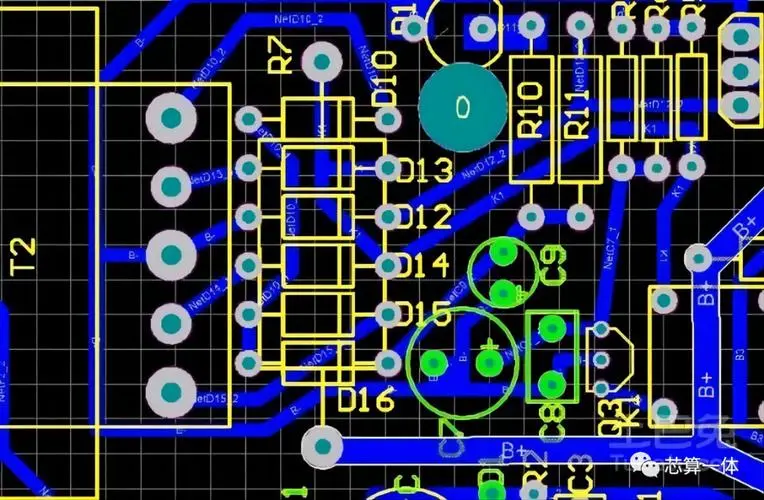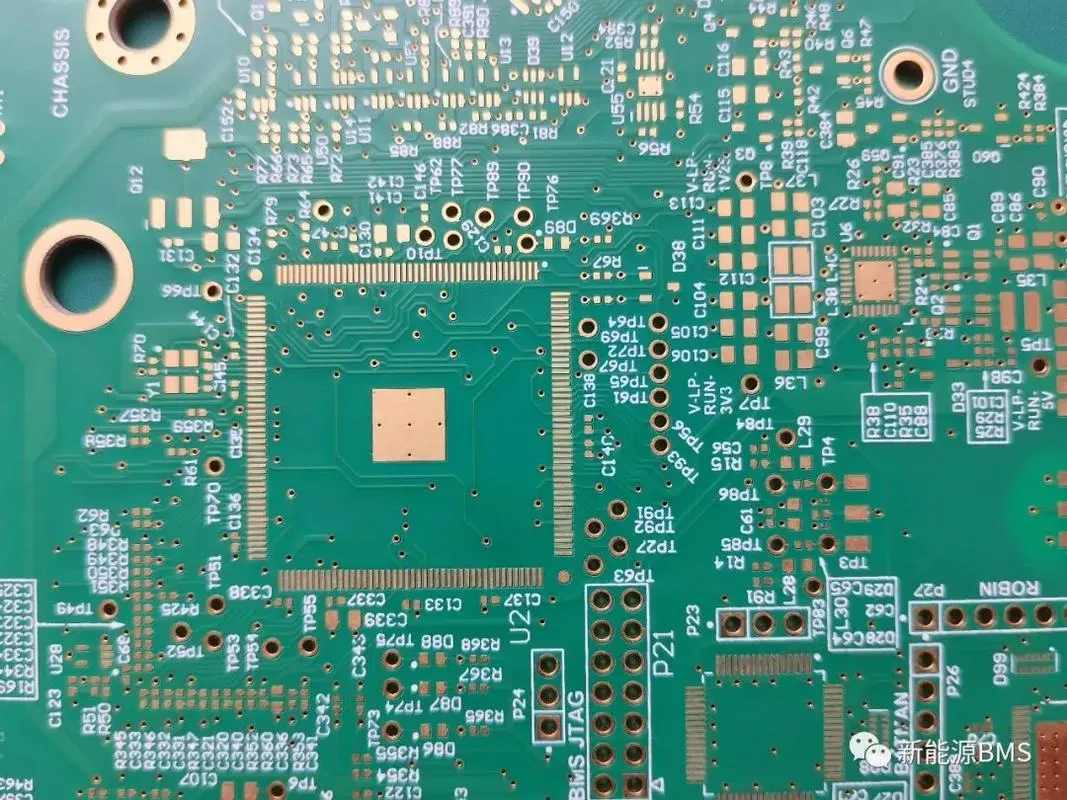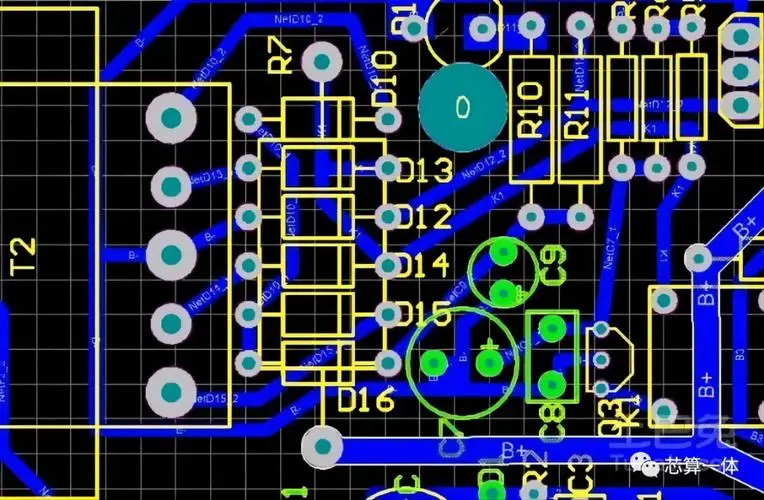
PCB, namely printed circuit board, is the carrier of electronic circuits. In modern electronic products, PCBs are almost used PCB design is the latter part of circuit design, and it is also the redesign of the principle circuit. Some new engineers tend to underestimate the importance of PCB design, leaving this tedious and laborious work to technicians. Here I will tell a story about PCB design.
The ordinary button type telephone is not a high-tech product in fact. Compared with the early dial type electronic telephone, it adds a dual audio/pulse dial control integrated circuit in the circuit. Some products also add the hands-free call function. When users use the telephone, if they press the hands-free button, they can answer or exhale without off hook. Those who are familiar with the principle of telephone circuit know that the hands-free circuit is composed of "automatic receiving/sending control circuit" and "audio power amplifier circuit". These circuits are realized by ready-made special IC, and there is no need for innovative design in principle.

As a result, the accident was delayed for many years. Later, it was found out that the cause of the wrong handsfree trigger was the poor PCB design of the circuit. Later, the handsfree buttons of the company's telephone products were required to be changed to mechanical buttons, so that they obtained the network access permission of China Telecom. The direct economic loss caused by this incident to enterprises is more than tens of millions of yuan.
Some designers believe that PCB design is a simple labor, which can be completed by using PROTEL or other software tools through automatic layout and automatic wiring. If a single panel cannot be connected, use a double-sided panel. If it fails, use a multi-layer panel. Or set jumpers. If a short jumper fails, use a long jumper. If it fails, use a jumper. It can always be connected.
I know an old engineer who can still design PCB containing hundreds of thousands of components without using a computer when designing PCB in his early years. Moreover, the PCB, PCB layout and wiring designed by them are quite neat, with few jumpers and jumpers. The original components are arranged orderly and reasonably, and meet the requirements of the process specification. The early domestic black and white TV PCB we saw belongs to the masterpiece of engineers in their era.
Although later I used computers when designing PCB. But I still think that these old engineers must have some unique skills to use for reference in PCB design. Our young engineers can hardly imagine how they used pencils and checkered paper PCBs to complete complex PCB design. Indeed, I have also gained a lot of experience from him, such as how to arrange components for easy wiring, how to effectively use the board space under the dual in-line IC, and how to plan the layout as well as possible before wiring.
My own experience is that PCB design is not only technology, but also PCB art. Art involves a lot of subjective factors, so engineers should also pay attention to improving their self-cultivation.
The tool helps us to complete a lot of complicated work, but what it does automatically can not be well applied to every product. Because what it helps us to accomplish is a common and universal aspect of product design, rather than automatically completing the optimization surface design of the product. For example, using PROTEL or other software tools, through automatic layout and automatic wiring, we can only complete the usual connection mode, and in a way, it is just connecting the devices to be connected.









